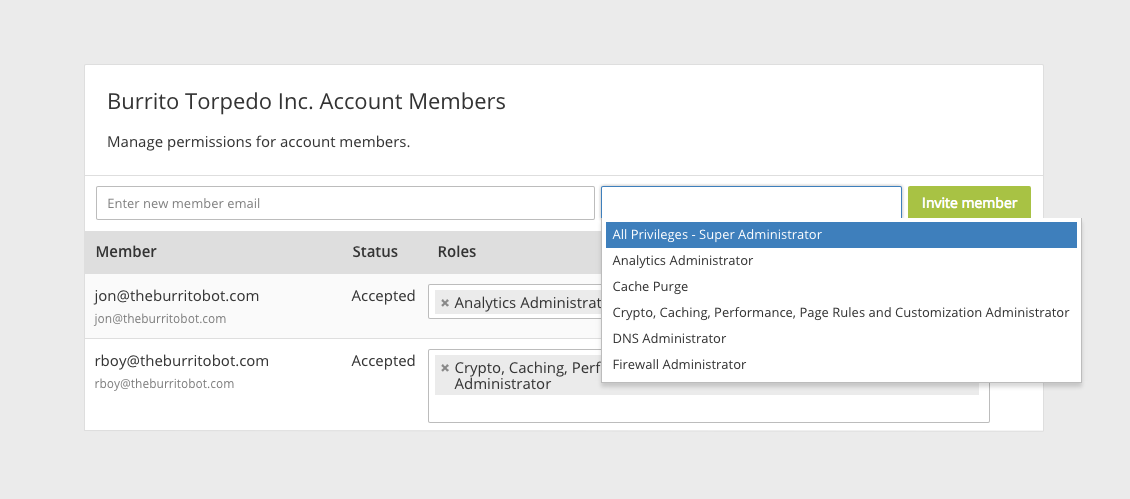Airbnb’s new app for tablets features magazine-style layout
Airbnb has developed a new app customized for iOS and Android tablets in an attempt to give those users a better way to browse its million-plus home rental listings than with the devices’ web browsers.The free app, to be released Wednesday, lets users navigate its content as if they were flipping the pages of a magazine. Airbnb, founded in 2008, already has mobile apps for iOS and Android smartphones.The tablet app emphasizes big, high quality photos of people’s homes arranged on the screen in varying layouts, which can be easily flicked through. With the tablets’ larger screen size, pages for individual listings also feature photos and links to similar listings, resembling the look of a print magazine’s sidebar article. Rotate the tablet from a horizontal to vertical position, and the app’s interface will reorient itself.To read this article in full or to leave a comment, please click here
 Google doesn't use VMs, only containers, Interop keynoter Urs Hölzle says.
Google doesn't use VMs, only containers, Interop keynoter Urs Hölzle says.
 IoT strategies and challenges for CSPs
IoT strategies and challenges for CSPs